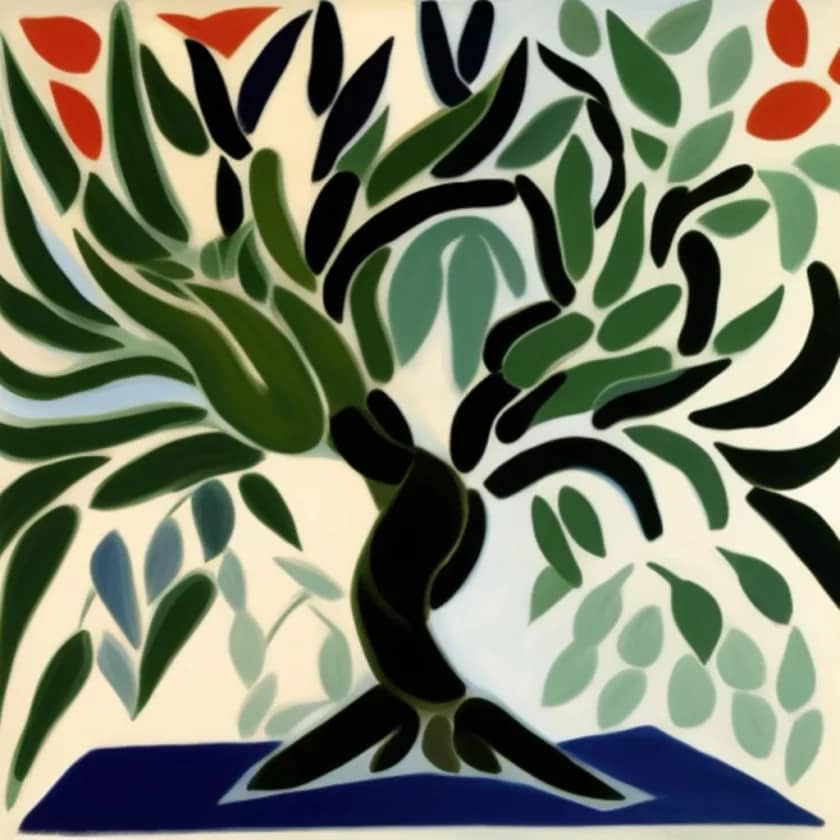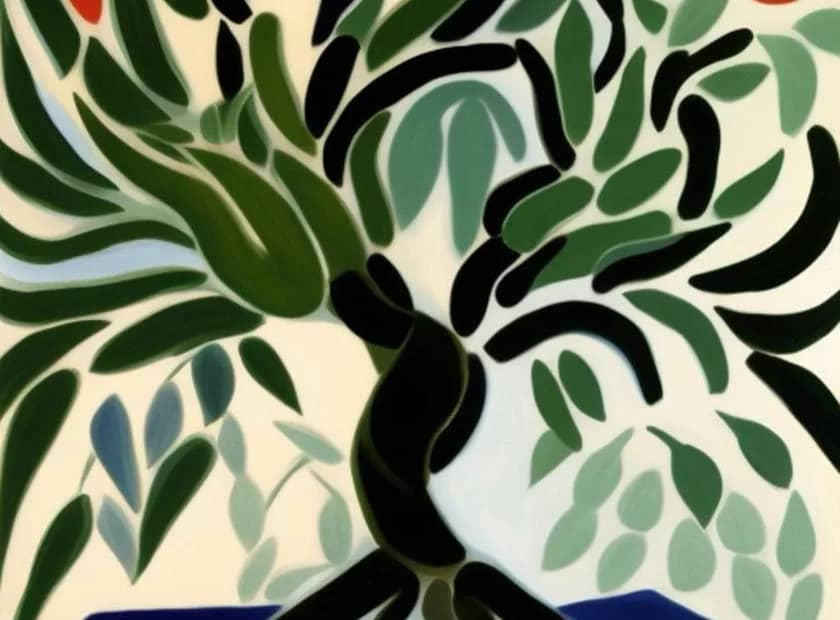Yew Trees, Time-Tested Guardians of the Forest
The yew tree, scientifically known as Taxus baccata, is a coniferous evergreen tree native to parts of Europe, Asia, and North Africa. It is one of the oldest trees in Europe and has gained both historical and cultural significance due to its longevity and associations with death, rebirth, and spirituality.
The Yew Tree’s Secret Charms
In the mystical realm of trees, there’s one enchanting character that has captured the imaginations of poets, druids, and garden enthusiasts alike for centuries – the Yew tree, scientifically known as Taxus. With a history stretching back millennia, this evergreen wonder is a true guardian of the forest, and today, we’ll peel back the layers of its intriguing story.
The Taxus Tale, A Glimpse into the Past
Picture this: you’re strolling through a picturesque forest, and amidst the towering giants of oak and maple, you come across a Yew tree. It’s not the tallest, nor the broadest, but it exudes an air of wisdom that’s hard to ignore.
The Yew tree’s lineage is ancient, with some specimens dating back over 2,000 years. Ancient Druids regarded the Yew as sacred, associating it with rebirth and immortality. It’s said that they conducted their ceremonies in the protective embrace of these trees. Talk about a tree with history!
Mystical and Medicinal, The Yew’s Dual Nature
Now, let’s dive into the Yew’s dual nature – both mystical and medicinal. The Yew tree’s bark, leaves, and seeds contain a powerful alkaloid known as taxol, which has played a vital role in cancer treatment. This natural wonder has saved countless lives, a testament to the hidden treasures within our forests.
But the Yew tree isn’t all seriousness. Its red, berry-like structures, known as arils, might seem enticing, but beware – they’re delicious to the eyes but toxic to the taste. Ancient wisdom reminds us that appearances can be deceiving!
The Yew in the Landscape, A Timeless Beauty
In gardens and parks, Yew trees have a special place. Their dark green needles and ability to be pruned into various shapes make them excellent candidates for topiaries. They can be fashioned into living sculptures that inspire awe and wonder.
A playful twist: Ever heard of the “Yew-turn” in gardening? It’s like a U-turn, but in the presence of Yew trees. These adaptable trees can be trimmed and shaped to create mazes and labyrinths, adding an element of fun and mystery to garden design.
The Yew’s Longevity, Guardians of Our History
What’s the secret behind the Yew’s remarkable longevity? Some of these trees have weathered centuries, witnessing the rise and fall of civilizations. It turns out that their dense, hard wood, which repels insects and decay, is a natural preservative. Just as the Yew guards its own history, it silently watches over ours.
A Timeless Friend
In the end, the Yew tree is more than just a pretty face in the forest. It’s a symbol of strength, adaptability, and hidden potential. Whether you encounter one in a ancient woodland, a majestic garden, or even in your backyard, remember that the Yew tree has tales to tell and secrets to keep, making it a timeless friend of nature and humanity.

Species, Characteristics, botanical information about the yew tree
Let us provide you with a concise overview of the species, characteristics, botanical information, and cultural significance of the yew tree.
Species
Taxus baccata
Characteristics
- Appearance: The yew tree is a slow-growing, long-lived tree with a distinctive appearance. It has a dense, dark green foliage consisting of needle-like leaves that are arranged spirally on the branches. The leaves are flat and pointed, about 1 to 4 cm long.
- Size: Yew trees can grow to varying sizes depending on the conditions. They can reach heights of up to 20 meters or more.
- Bark: The bark of older yew trees is reddish-brown and becomes fissured with age, adding to the tree’s character.
- Reproductive Structures: Yew trees have separate male and female reproductive structures on different trees. The female trees produce small, fleshy, red berries containing seeds. These berries are encased in a fleshy, cup-like structure called an aril, which is not a true fruit.
Botanical Information
- Family: Taxaceae
- Genus: Taxus
- Species: Taxus baccata
- Native Range: Yew trees are native to Europe, Asia, and parts of North Africa.
- Habitat: They are often found in woodlands, hedgerows, and churchyards.
- Longevity: Yew trees are known for their exceptional longevity and can live for hundreds or even thousands of years.
- Toxicity: Yew trees are highly toxic, particularly their seeds and leaves, due to the presence of alkaloids like taxine. These compounds can be harmful if ingested.
Cultural Significance
- Death and Rebirth: Yew trees have been associated with death and rebirth in Celtic and Druidic traditions. They were often planted near ancient burial sites, symbolizing the cycle of life, death, and renewal.
- Spirituality: Due to its long lifespan and connection to death, the yew tree has been regarded as a symbol of immortality and the eternal soul.
- Religious Sites: Yew trees are frequently found in the vicinity of churches and religious sites in Europe, where they are believed to have been planted for their symbolic significance.
The yew tree’s unique characteristics, longevity, and historical associations have contributed to its revered status in various cultures and spiritual traditions.
Summarized table of information about the yew tree
| Species | Taxus baccata |
| Characteristics | – Slow-growing evergreen tree – Dark green needle-like leaves – Leaves arranged spirally – Reddish-brown bark – Female trees produce red berries with fleshy arils |
| Size | Up to 20 meters or more |
| Botanical Information | – Family: Taxaceae – Genus: Taxus – Native Range: Europe, Asia, North Africa – Habitat: Woodlands, hedgerows, churchyards – Longevity: Hundreds to thousands of years – Toxicity: Highly toxic due to alkaloids like taxine |
| Cultural Significance | – Associated with death, rebirth, and immortality in Celtic and Druidic traditions – Planted near ancient burial sites – Symbol of eternal soul and spirituality – Often found near churches and religious sites in Europe |
So, the next time you cross paths with a Yew tree, take a moment to appreciate its quiet majesty, for it’s a living link to our past and an enduring guardian of the forest’s secrets.
Shop tip
The yew tree on Amazon
Videos
There you go! An informative blog about the Yew tree (Taxus). Enjoy!
Invest in your future
Take time to learn
Embark on your journey in affiliate marketing and website creation alongside an incredible community and myself. Invest in your future by dedicating time to learn and earn. Take all the time you need to master the basics before aiming higher. Give it a try and sign up for free. You won't regret it! Discover the possibilities for yourself...


